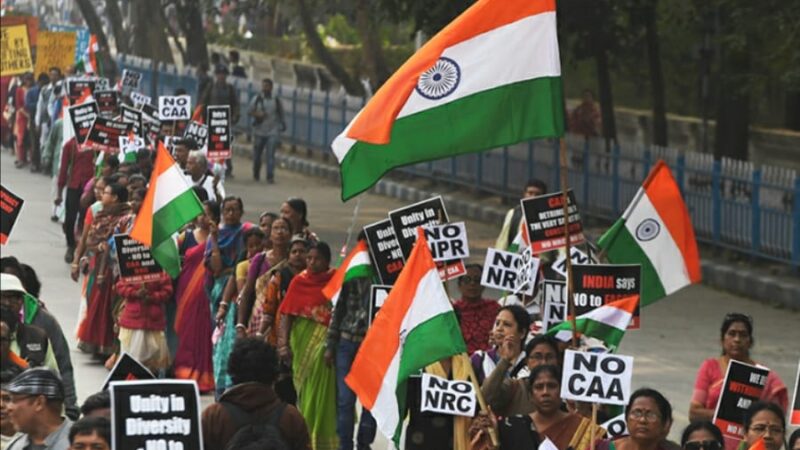SUPREME COURT: THE SENTINEL OF WOMEN’S RIGHTS

Manu quoted that “Yatra naryastu pujyante ramante tatra Devata, yatrai taastu na pujyante sarvaastatrafalaah kriyaah”, which means where women are honored, divinity blossoms there, and where women are dishonored, all action no matter how noble remains unfruitful.The extension of women’s rights is the fundamental guideline of all social advancement. Benevolence and self-sacrifice are their qualities but they have been subjected to all imbalances, indignities, disparity and discrimination. It would not be an embellishment to say that a society that does not regard its women can’t flourish. In light of the aforementioned scenario, here are some decisions of Supreme Court highlighting the rights of women. As underscored by the Hon’ble Apex Court of India in the recent and commended decision of Charu Khurana[(2015) 1 SCC 192], Ralf Waldo Emerson, the renowned American author, expressed “A sufficient measure of civilization is the influence of the good women.” The Court pondered upon the issue of equality as revered in the Constitution. The Court holds that: “Lord Denning in his book Due Process of Law has observed that a woman feels as keenly, thinks as clearly, as a man. She in her sphere does work as useful as man does in his. She has as much right to her freedom—develop her personality to the full—as a man. When she marries, she does not become the husband’s servant but his equal partner. If his work is more important in life of the community, her’s is more important in the life of the family. Neither can do without the other. Neither is above the other or under the other. They are equals.” In Janak Singh case [(2013) 9 SCC 431], the Court described rape as a heinous malefaction committed against woman, thereby vilifying her womanhood. The Court further quoted that, such acts errodes her accolade and dignity and this is in clear contravention of Article 21 of the Constitution of India, which is indeed the most cherished right ensured to any individual under the Constitution. While managing eve teasing, the Court in S. Samuthiram Case [(2013) 1 SCC 598 ] opined such goes about as pernicious, horrid and disgusting practice. The Court further recognized five heads of eve teasing, in particular, verbal and physical eve teasing, psychological and sexual harassment and harassment through other objects. In yet another praised case [(1991) 4 SCC 312], the Court while upholding the right of Hindu women to have the property as a full proprietor and not as a constrained proprietor held that the Court aims to give full effect to authoritative and established vision of socio-economic equality to women by giving full and deserved rights of ownership. In Medha Kotwal Lele v. Union of India [(2013) 1 SCC 297], the Court noticed that, guidelines laid in Vishaka’ case are not sufficiently complied. The Court highlighted that, however 15 years have passed, yet there is still no fitting instrument set up to address grievances with respect to sexual harassment of women at work place. The Court opined that, the rules must be followed in substance and in soul in order to empower ladies to work with dignity, respectability and due admiration. Law violations against women can’t be totally destroyed by endeavors through enactment and its enforcement thereof. There is need of social arousing and change in the disposition of masses, with the goal that due admiration and equivalent status is given to women. It is a period to re-form our mentality. Such change can be bought by awakening the youth about the social and economic causes of crime against women and their calamitous impact on the womanhood and the general public at large. Media can assume a dynamic part here as in the present days it has come to each edge of the country. ————–






